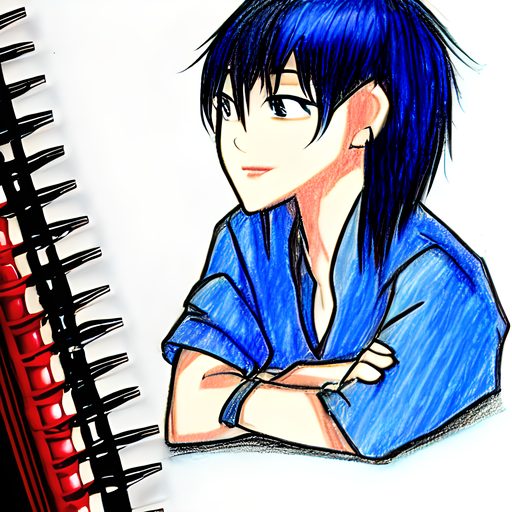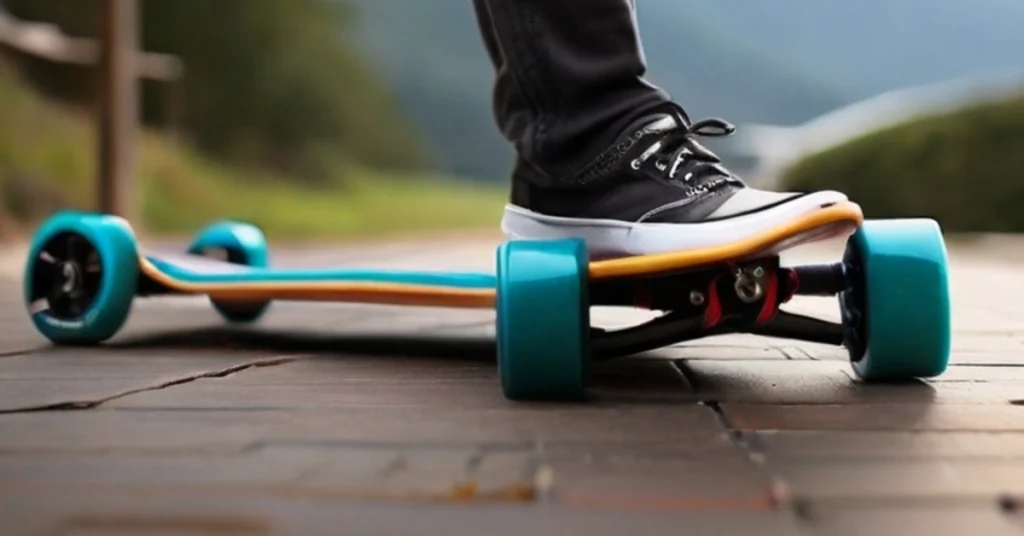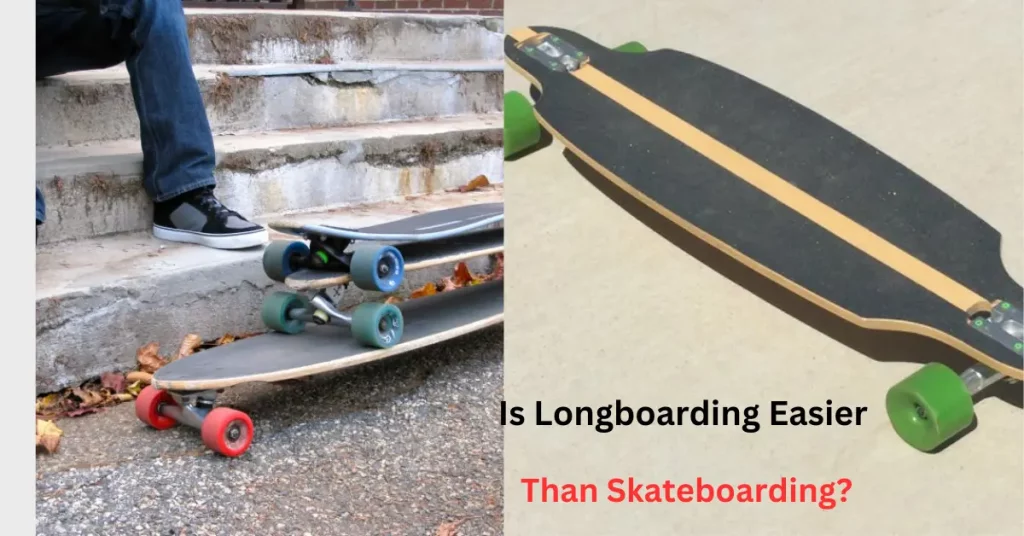Discovering a squeak in your longboard can be both annoying and puzzling. Longboards, known for their smooth ride and agility, should ideally glide silently. However, when a persistent squeak arises, it signals a need for attention. This issue is not just a minor inconvenience; it can detract from the enjoyment of your ride and, more importantly, indicate underlying problems that, if ignored, could lead to more significant issues. Understanding the causes of this squeaky interference and knowing how to fix it are essential steps in maintaining the longevity and performance of your longboard.
The reasons behind a squeaky longboard are varied, ranging from natural wear and tear to external factors like the environment. Identifying the source is the first step towards a solution. Regular maintenance and timely repairs can not only stop the squeak but also improve the overall riding experience. By exploring the common culprits and providing practical solutions, we aim to help you restore your longboard to its optimal condition, ensuring a smooth, quiet ride.
Common Causes of Squeakiness
Bushing Issues
Bushings, the rubber-like components inside the trucks that provide cushioning and control, are often the primary suspects. When they dry out or deteriorate, they can produce a squeaking sound during turns. Lubricating the bushings with a silicone-based lubricant or replacing them if they’re worn out can usually fix this issue.
Truck Tightness
Overly tight or loose trucks can also cause squeaks. Adjusting the tightness to find the right balance can eliminate unwanted noise. Remember, the adjustment should align with your riding style for the best experience.
Loose Components
Loose bolts and nuts can lead to squeaks. Tightening the hardware ensures all parts are securely fastened, reducing the chance of noise.
Deck Material
Sometimes, the deck itself can be the source of the squeak, especially in wooden longboards. Moisture can cause the wood to expand and rub against the trucks or hardware, creating noise. A thorough inspection can help identify any issues with the deck.
Solution
Lubrication
Applying lubricant to the bushings and pivot cups in the trucks can often solve the problem. Use a lubricant that’s safe for rubber and plastic to avoid damaging the components.
Cleaning
Dirt, sand, or small pebbles stuck in the longboard’s parts can cause squeaking. Regular cleaning of the board, especially the trucks and wheels, can prevent this.
Adjustment and Tightening
Properly adjusting the tightness of the trucks and ensuring all hardware is securely fastened can make a significant difference. It’s a simple yet effective way to eliminate squeaks.
Replacement
If certain parts are beyond repair, replacing them is the best option. This is especially true for worn-out bushings, bearings, or even the deck itself if it’s the source of the problem.
Conclusion
A squeaky longboard is more than just a nuisance; it’s a call to action. By understanding the common causes and applying simple, practical solutions, you can not only silence the squeak but also enhance your riding experience.
Regular maintenance and timely repairs are crucial in extending the life of your longboard and keeping it in top condition. Remember, the key to a smooth, quiet ride lies in the care and attention you give to your board. So next time your longboard starts to squeak, see it as an opportunity to tune up your ride and ensure it’s ready for many more miles of silent gliding.

“Welcome to our website, Here You’ll find a wealth of information on finding the right skating gear that will last for years to come, as well as tips and tricks to help you improve your skills. Whether you’re a beginner or an experienced skater, you’ll find something of value here.”



